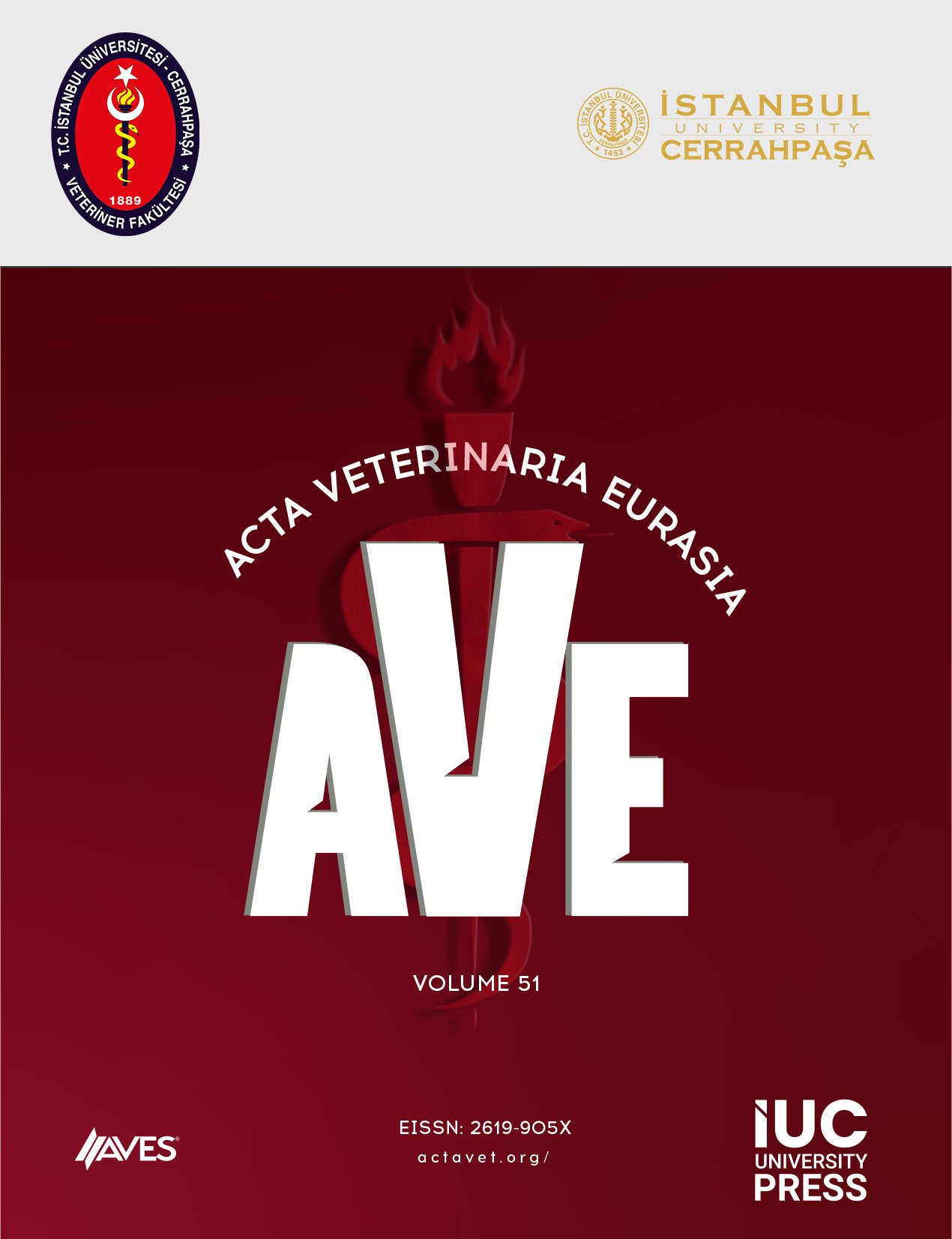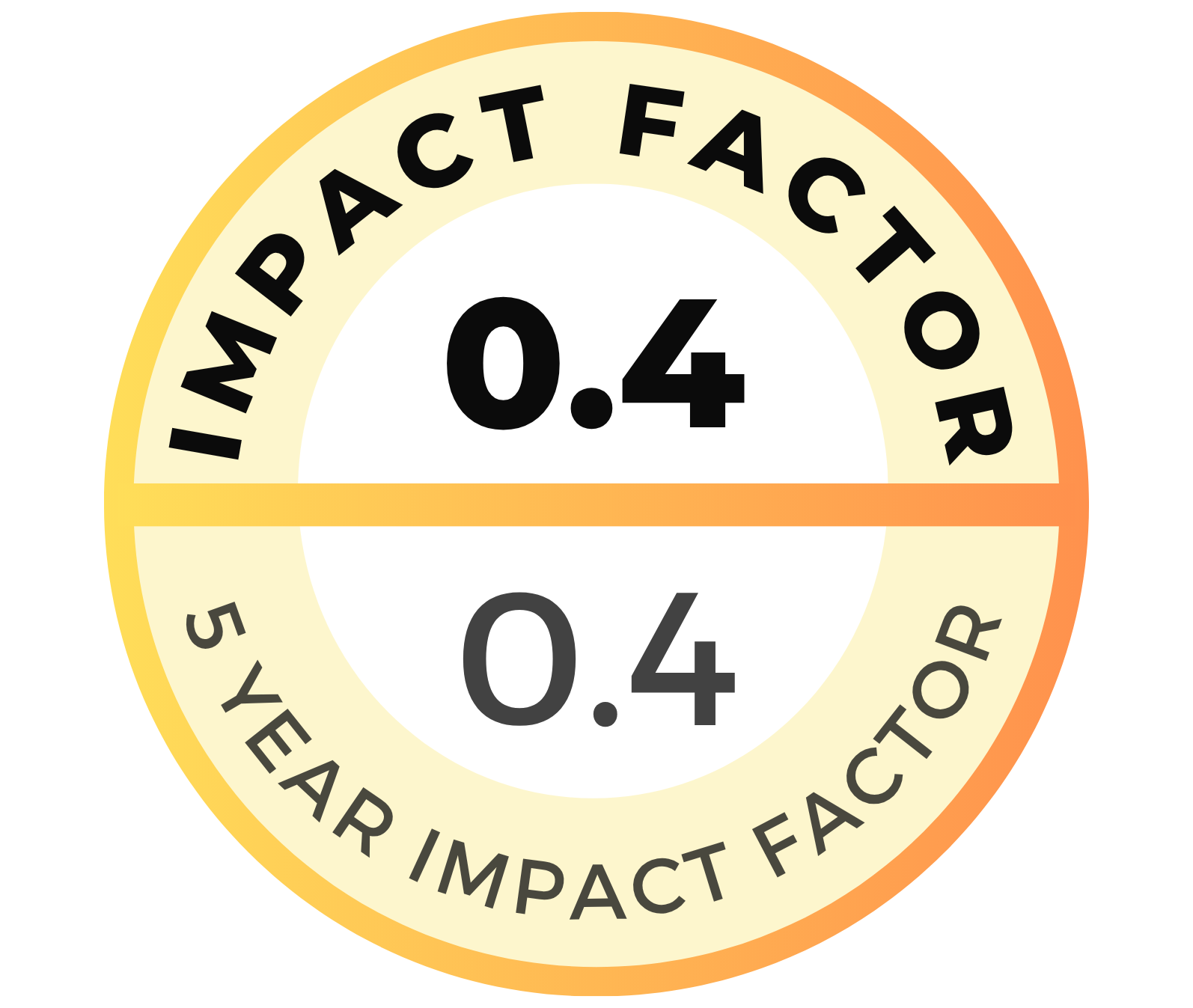Food animals can harbor Salmonella enterica. The presence of Salmonella in slaughtered cattle and the potential contamination and cross-contamination of carcasses and edible organs portends food-safety risks to humans. This study aimed to investigate the occurrence, serotype distribution, and molecular characteristics of Salmonella isolated from cattle slaughtered at abattoirs. Two hundred and ten samples of intestine, liver, lung, kidney, spleen, and feces were collected from 180 cattle, while water from the source (n = 30) was collected from two major abattoirs in Ilorin between February and July 2018. Samples were cultured for Salmonella using standard bacteriology techniques. Whole-genome sequence typing analysis was utilized to characterize the multilocus sequence typing, plasmid, antimicrobial resistance, and virulence genes. The genetic relatedness of
the isolates was determined by performing single nucleotide polymorphism. Nine samples were positive for Salmonella, yielding seven serovars. Six diverse sequence types (STs) were identified; the two S. Typhimurium
and S. Colindale had similar STs, ST-19 and ST-584, respectively. Generally, there was low-level antimicrobial resistance based on genotypic analysis; S. Typhimurium showed the Ampicillin, Chloramphenicol, Streptomycin,
Sulphonamides, and Tetracyclines (ACSSuT) penta-resistant profile and nine resistance genes, with additional mutations at gyrA (S83F) and/or parC (S80R). S. Muenster harbored three resistance genes and mutations at gyrA (S83Y) and/or parC (T57S). Plasmids were detected in six isolates. All nine isolates harbored virulence genes. Single nucleotide polymorphism analysis showed an absence of clonal relatedness among the isolates. The study provides an update on serotypes and antimicrobial resistance patterns, justifying the need for improved biosecurity and hygienic practices in the abattoirs, and continuous surveillance of antimicrobial use in animal husbandry.
Cite this article as: Ahmed, A.O., Aremu, A., Adamu, F.L., Akorede, G.J., Adeyemo, I.A., Ambali, A.-G., Raufu, I.A. (2025). Genomic Characterization of Salmonella enterica isolated from slaughtered cattle in Ilorin abattoirs, North Central Nigeria. Acta Veterinaria Eurasia, 51, 0097, doi: 10.5152/actavet.2025.24097.





.png)